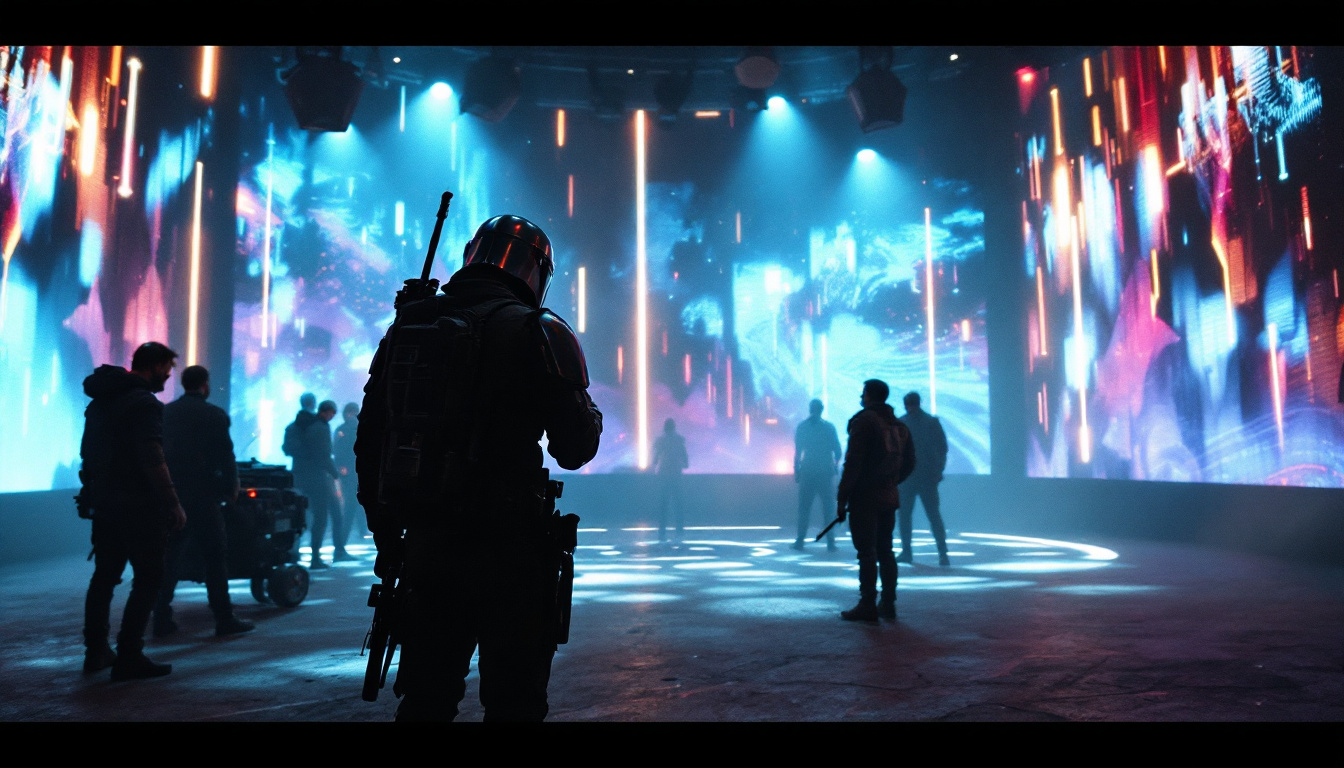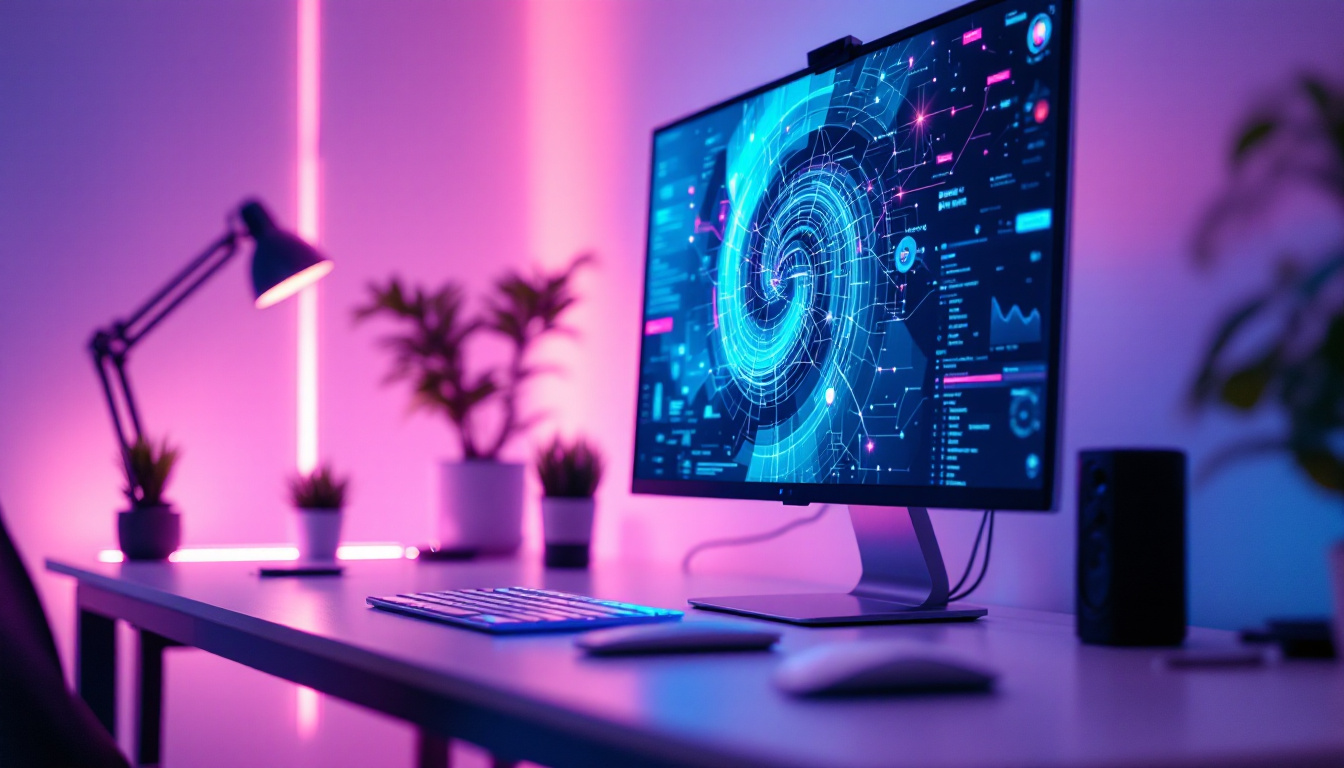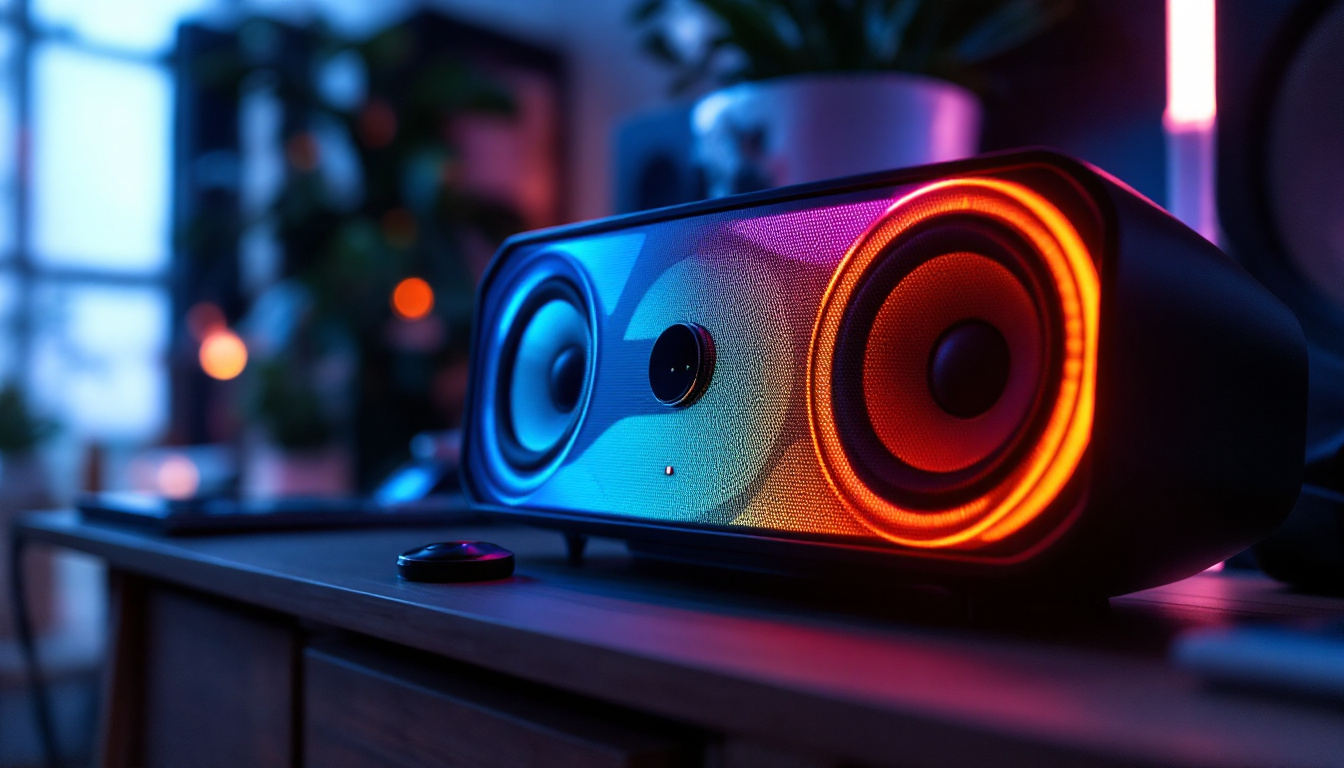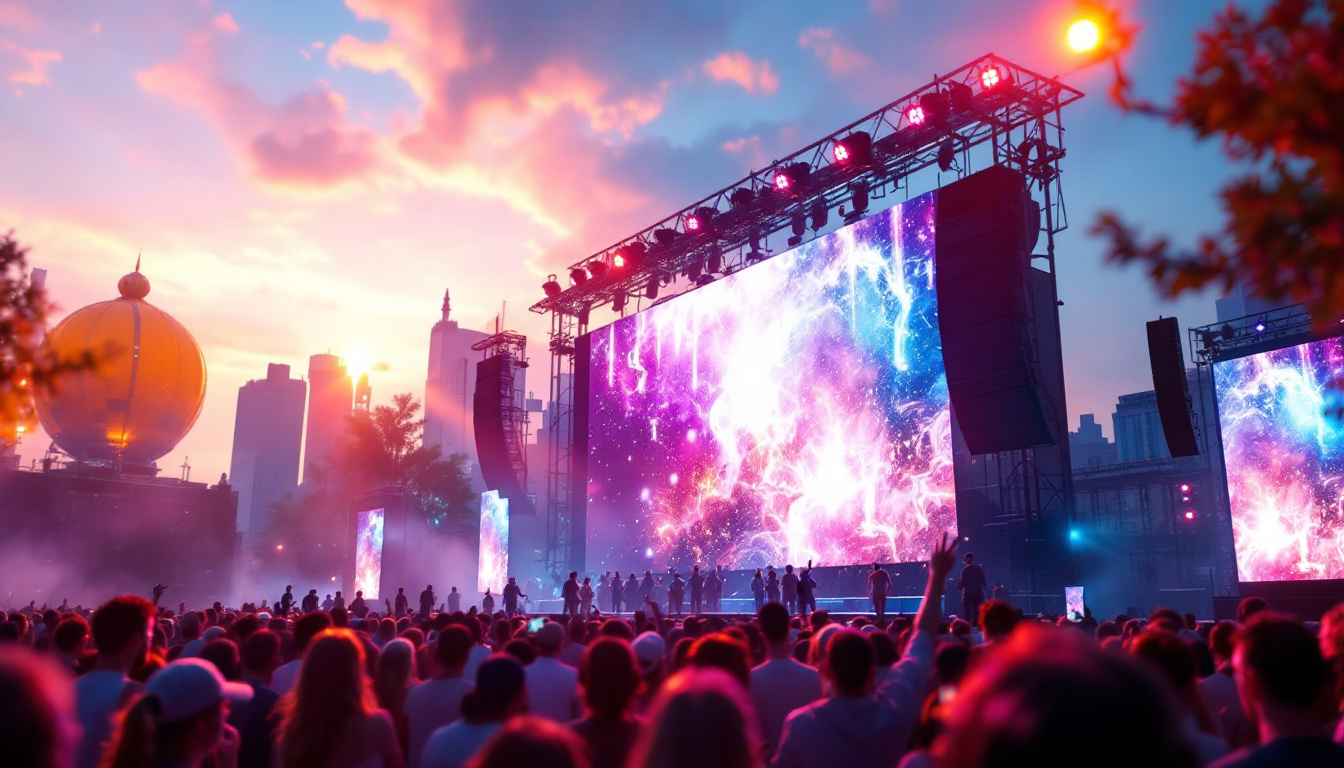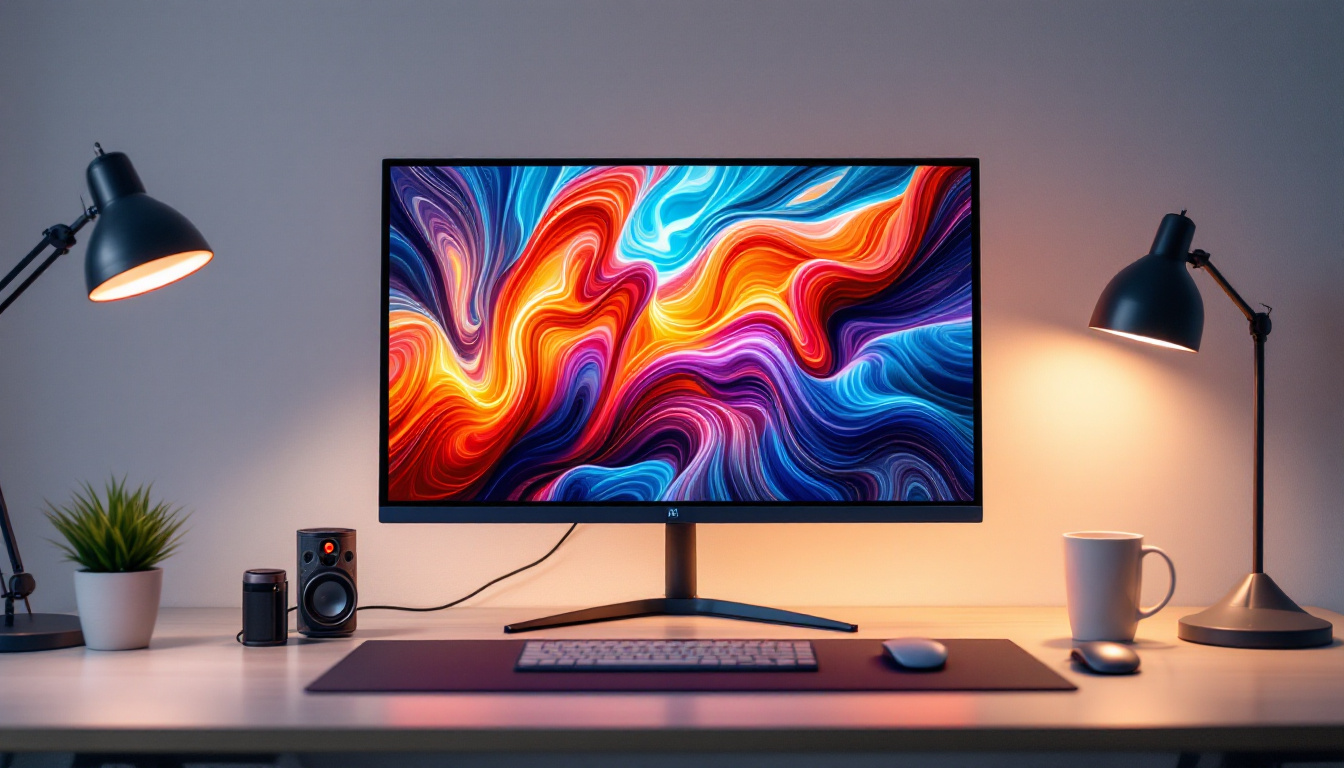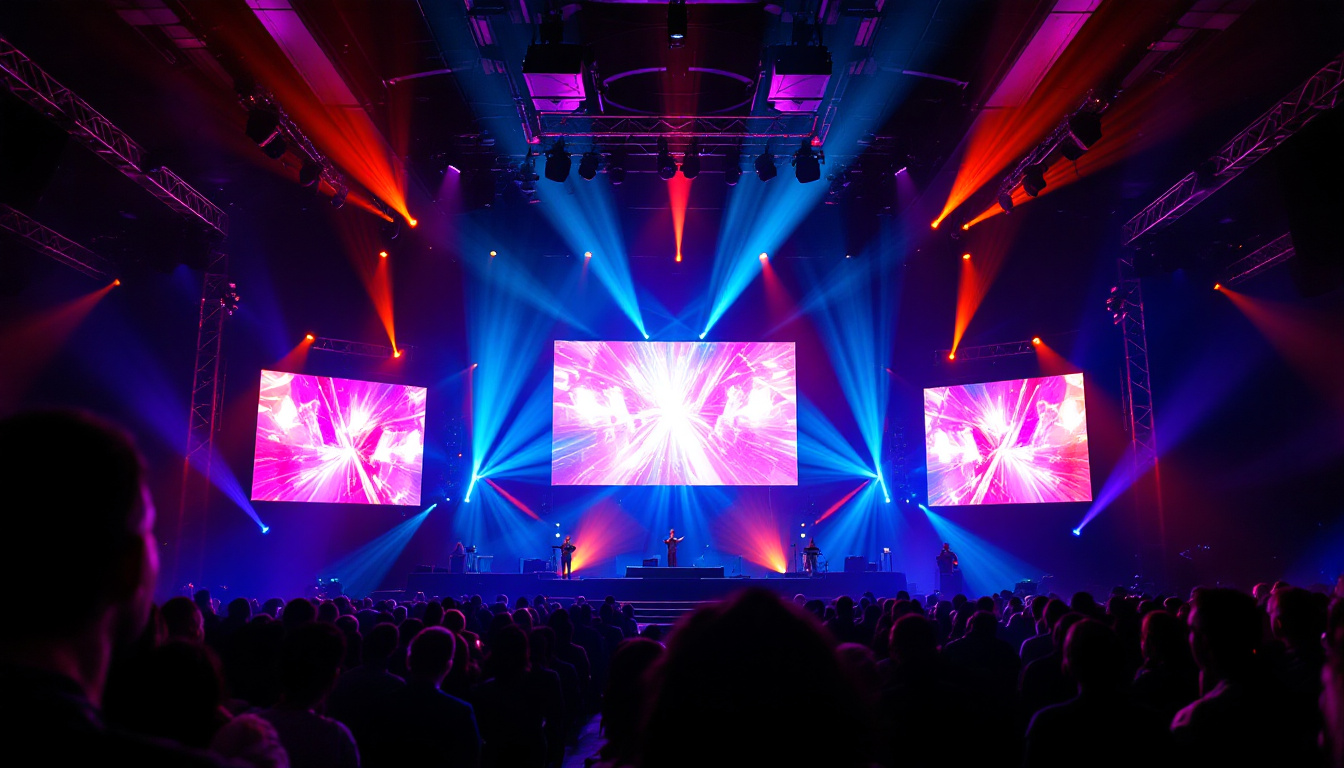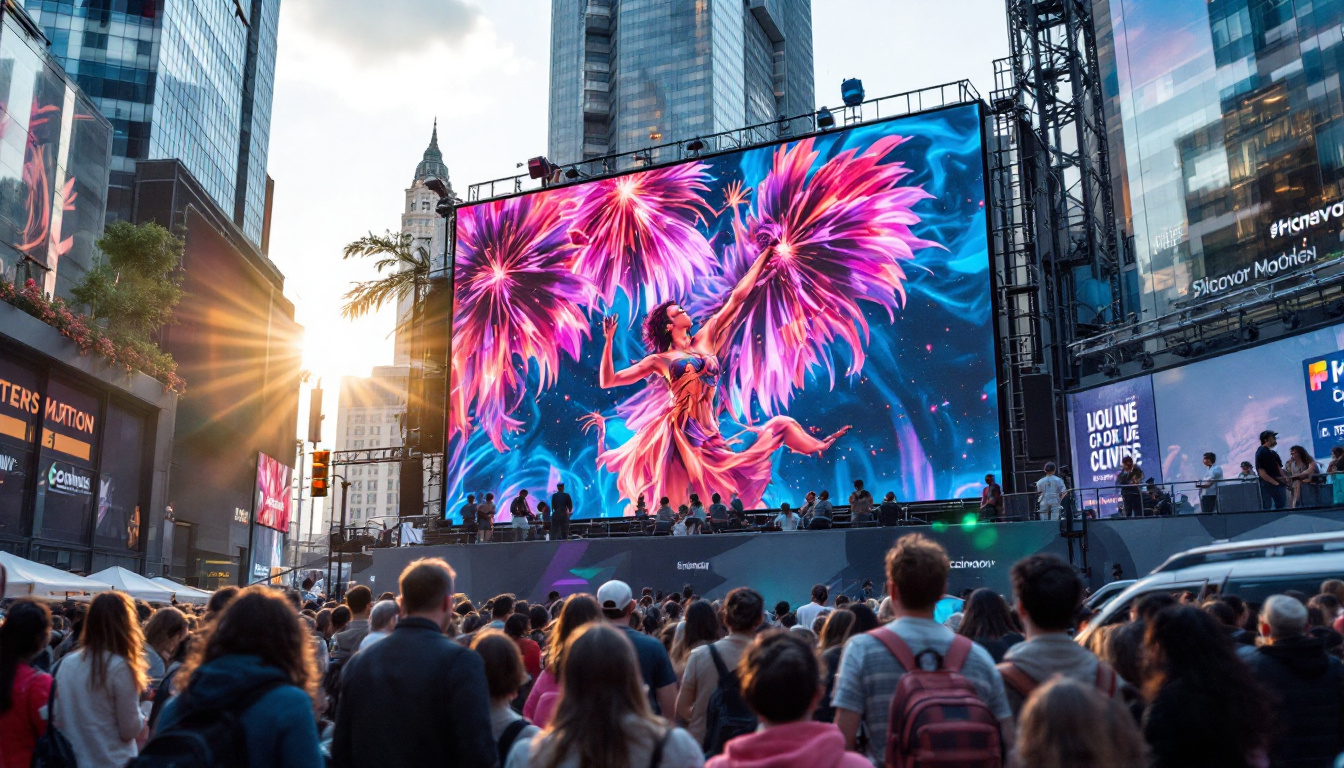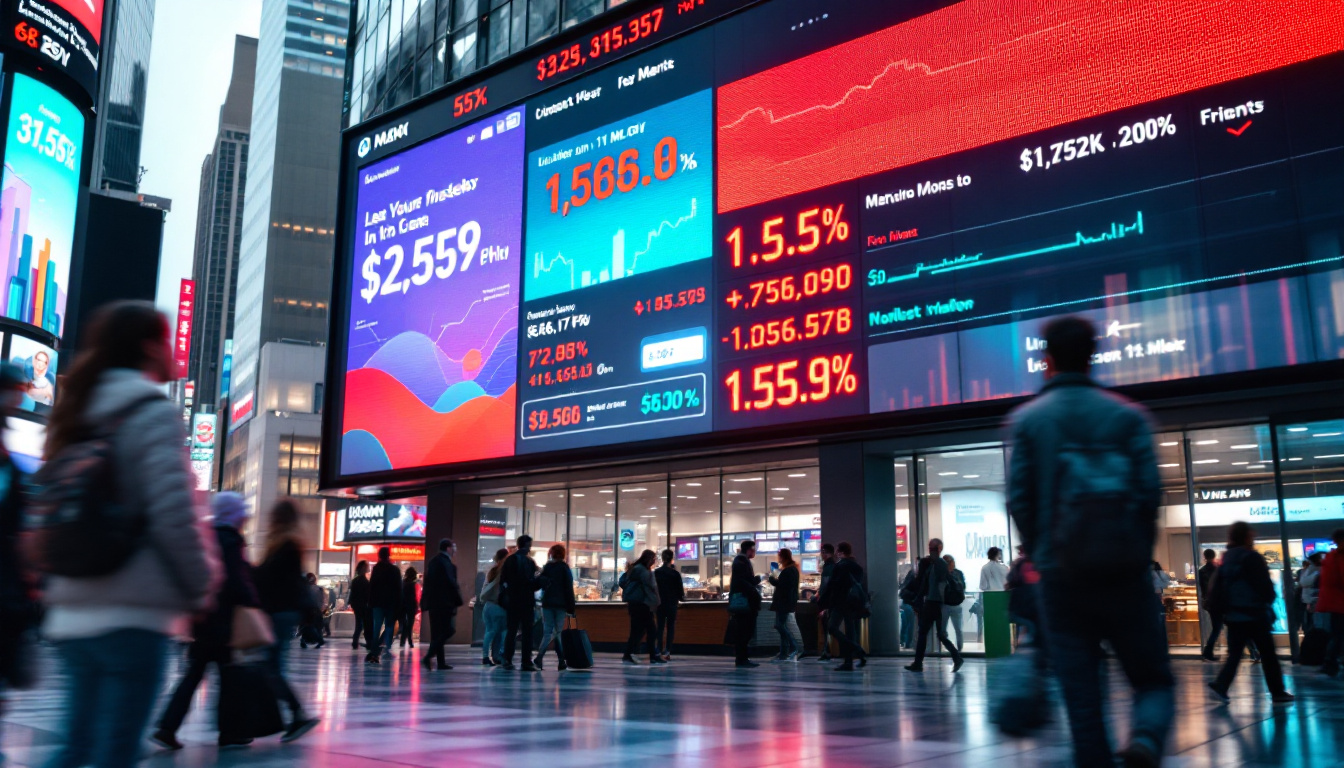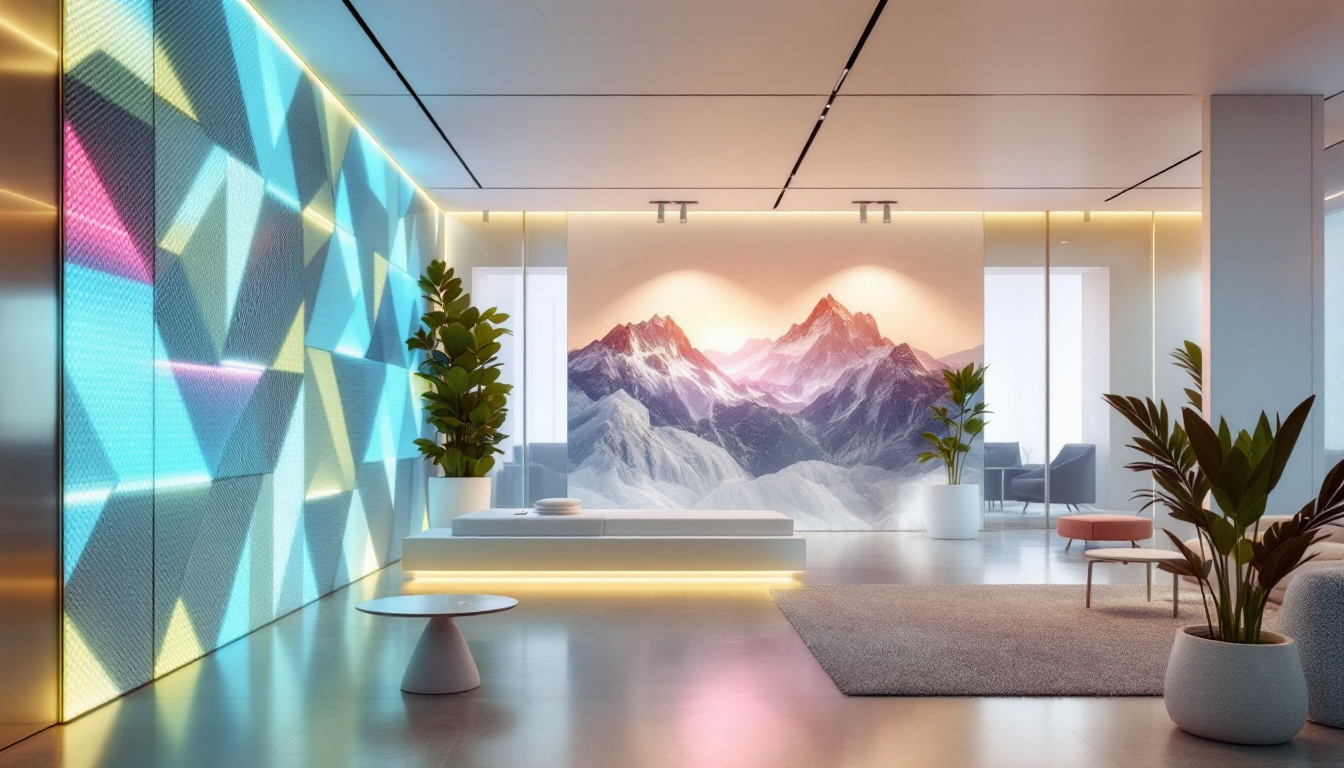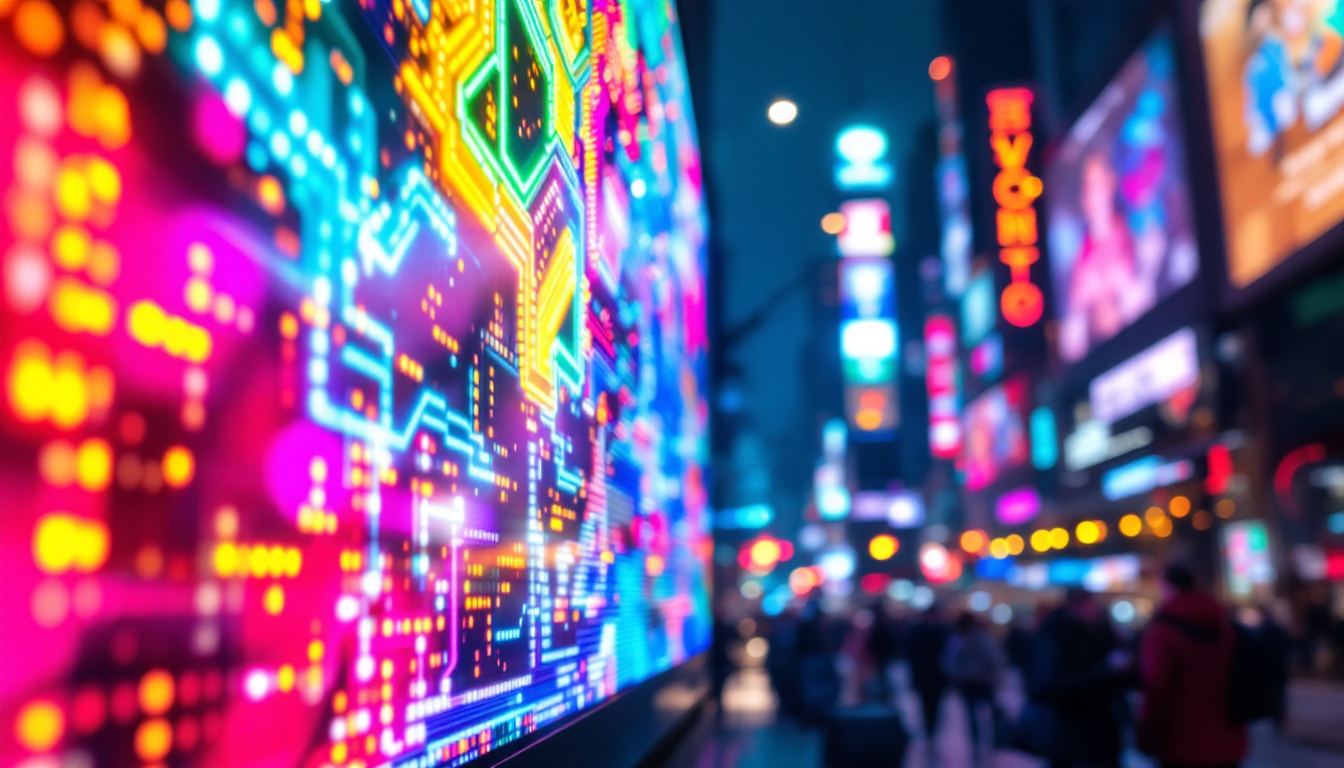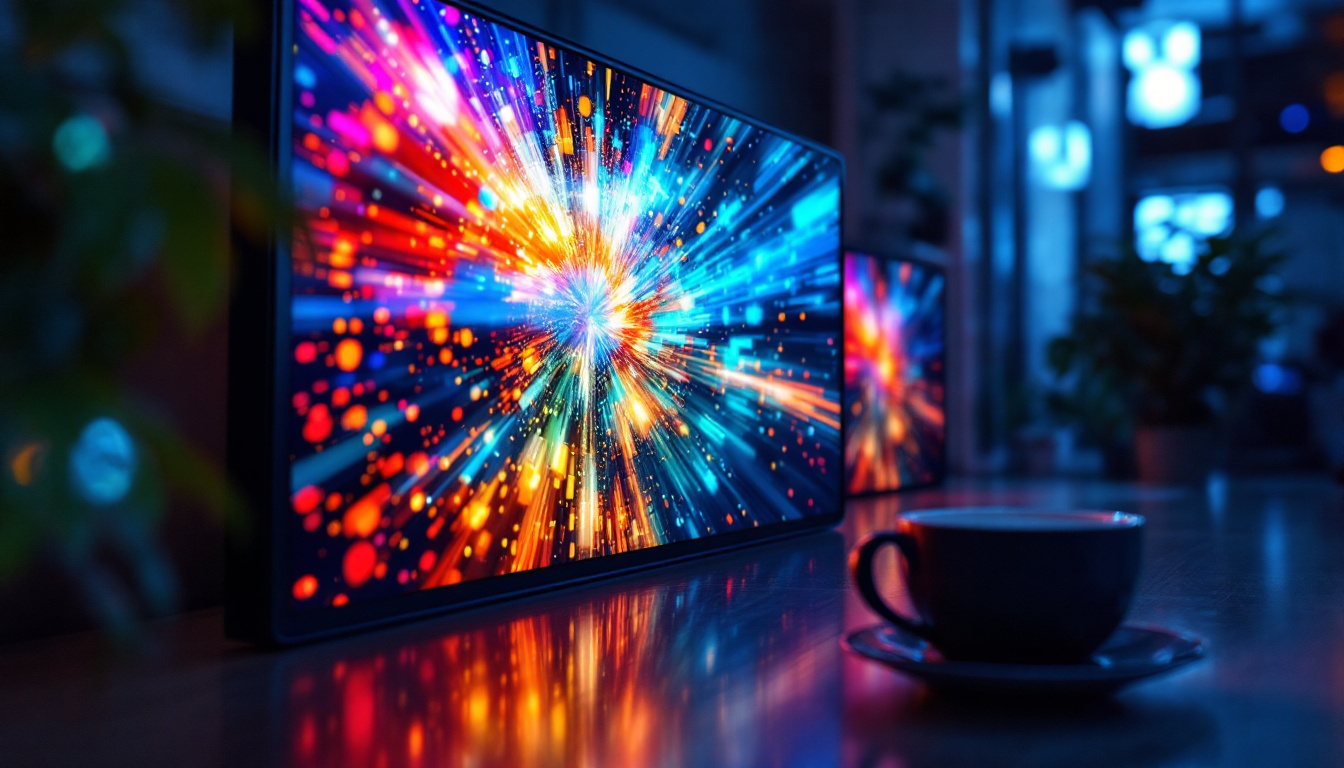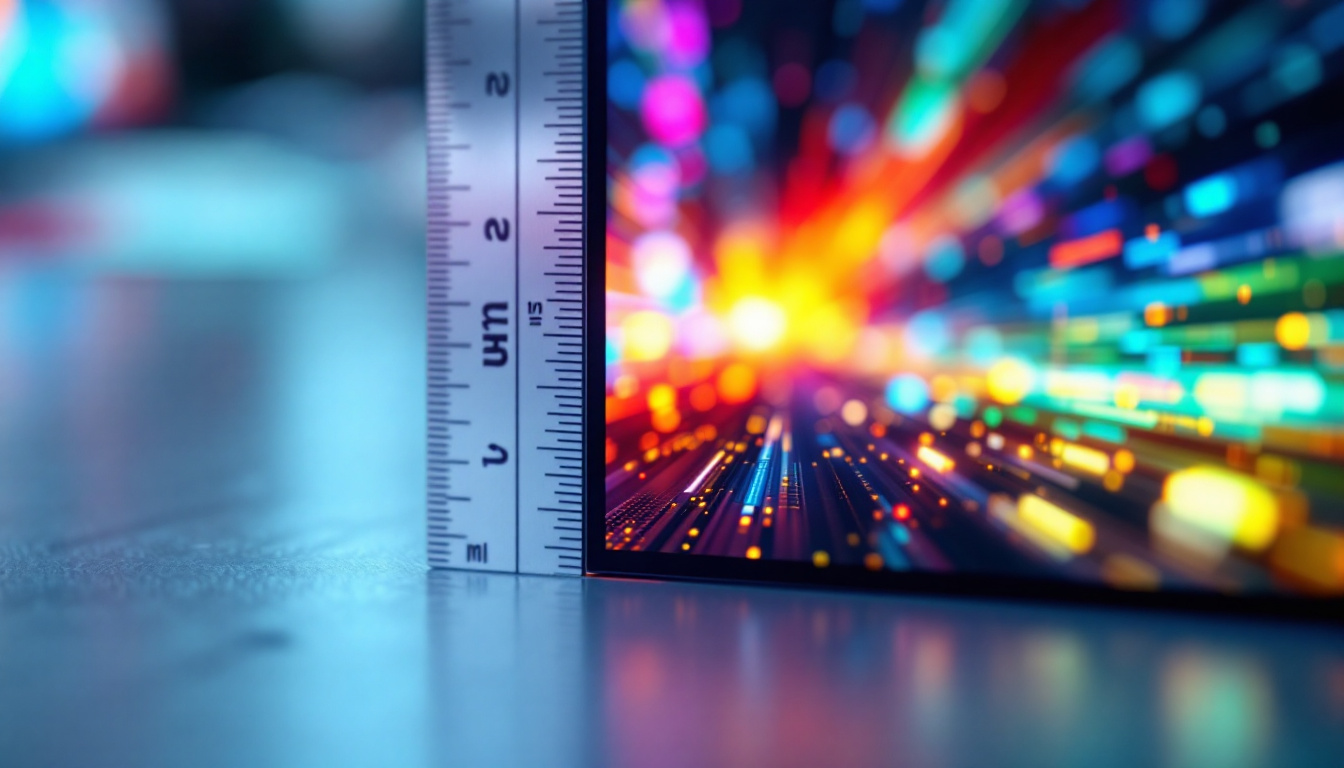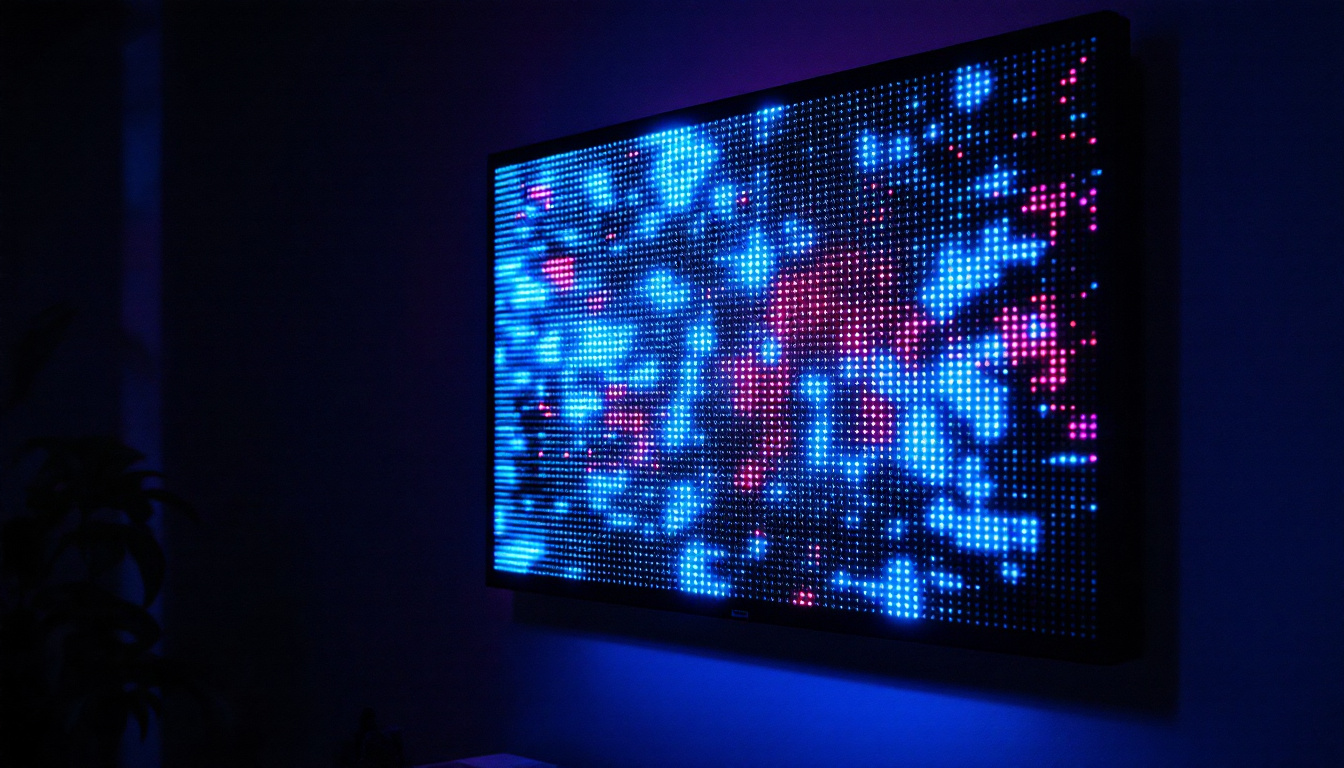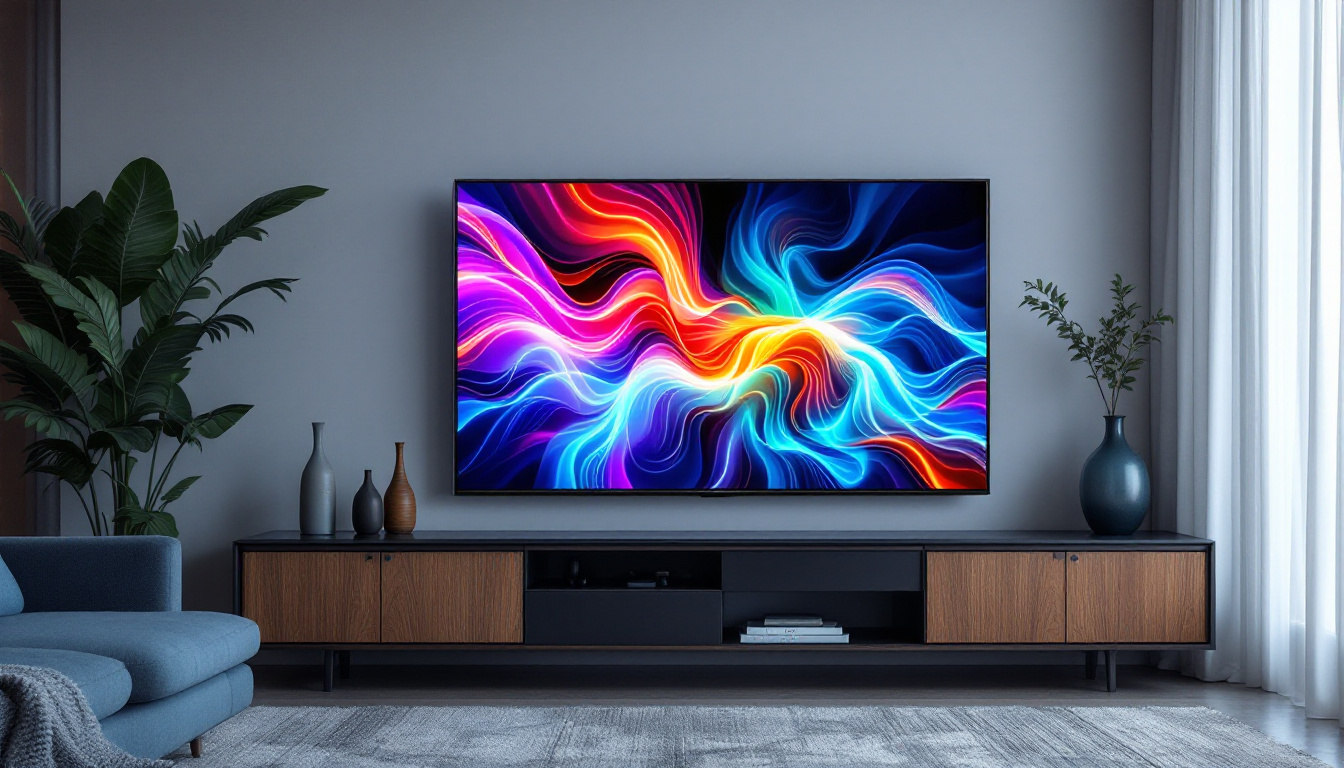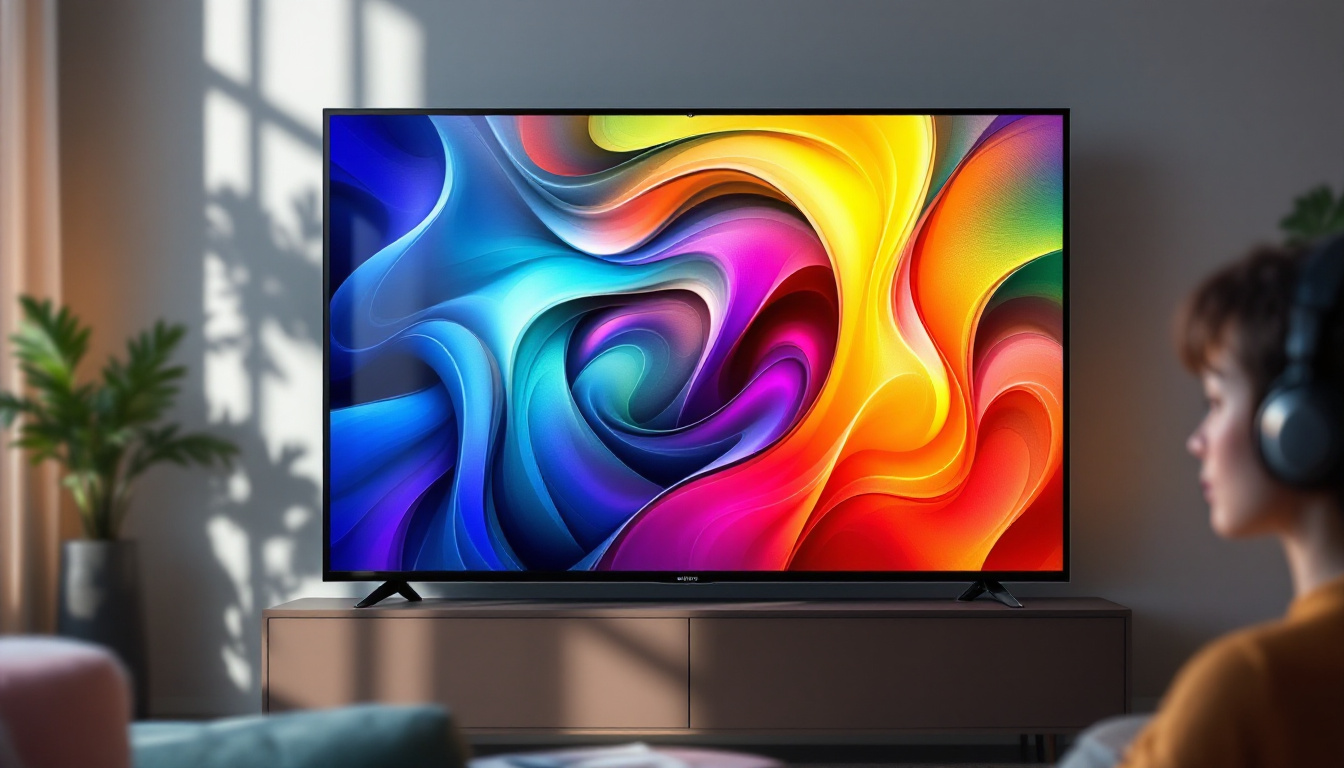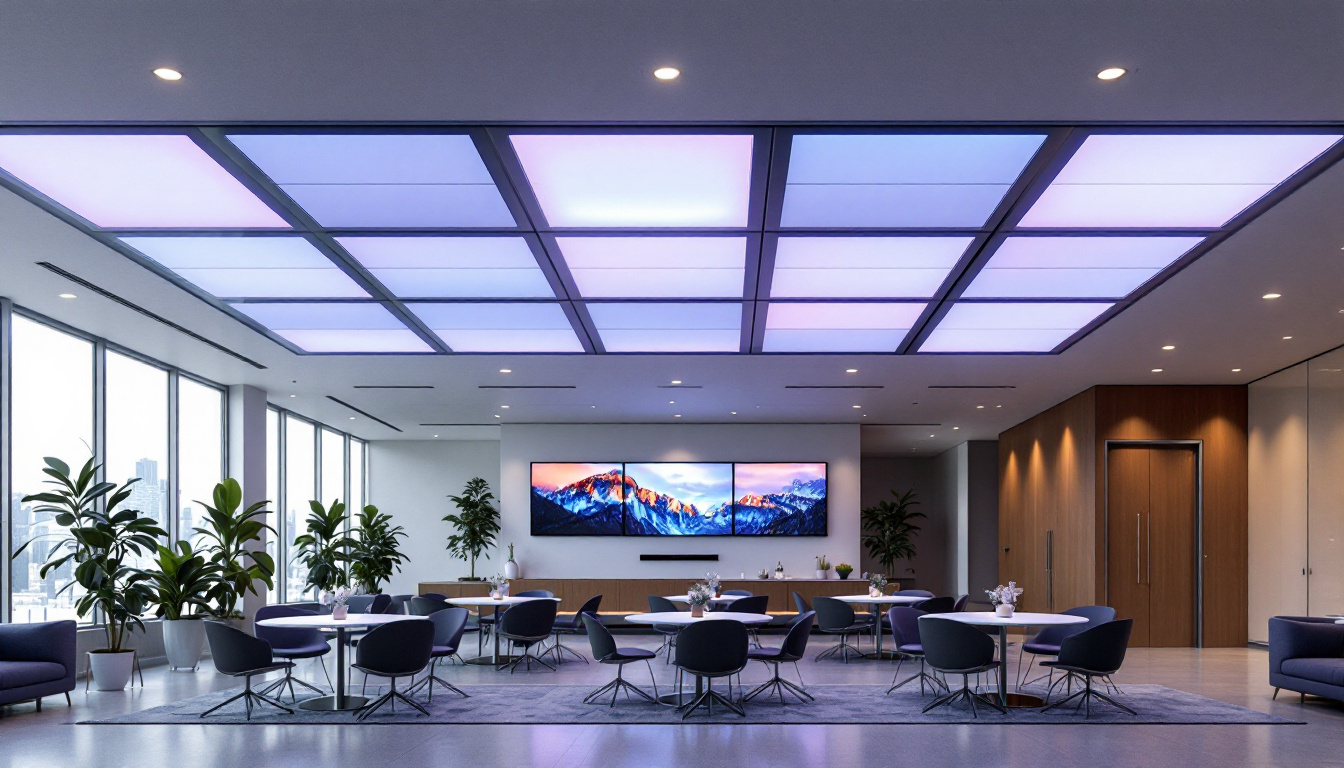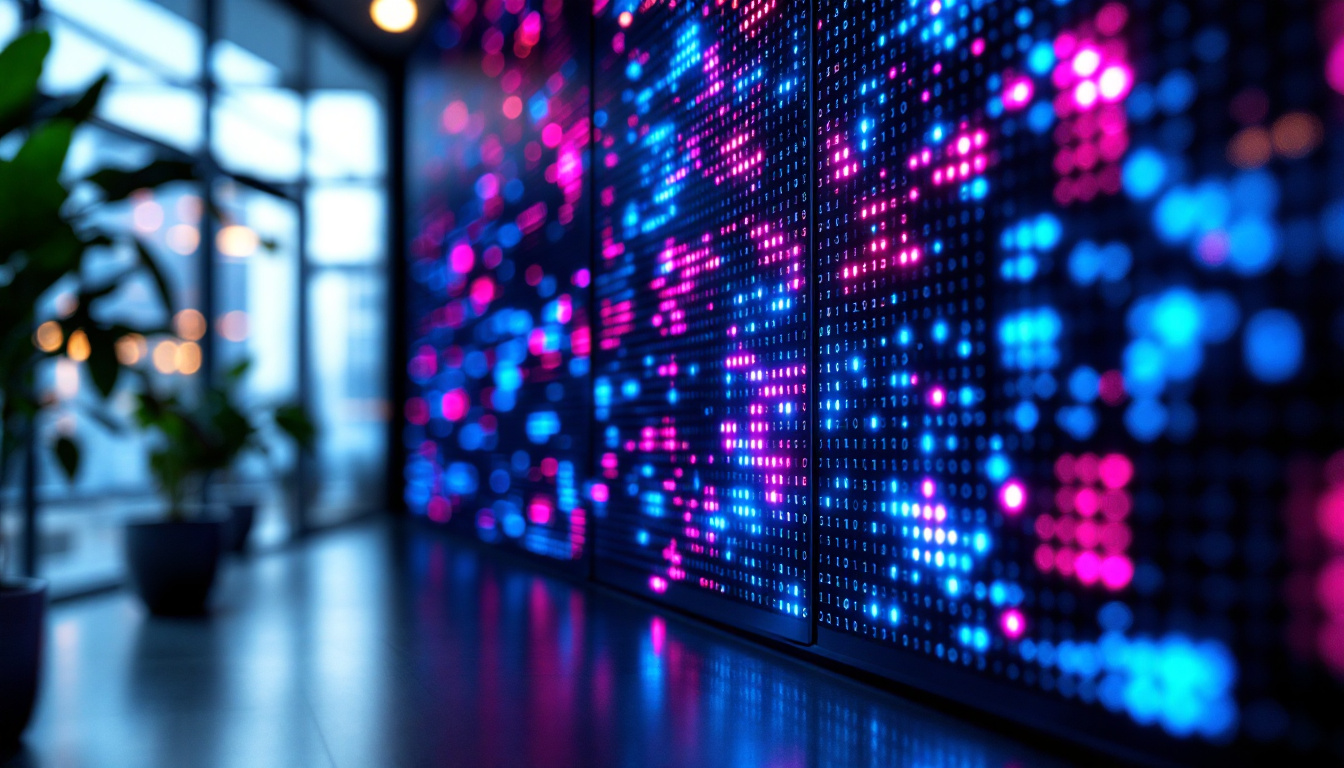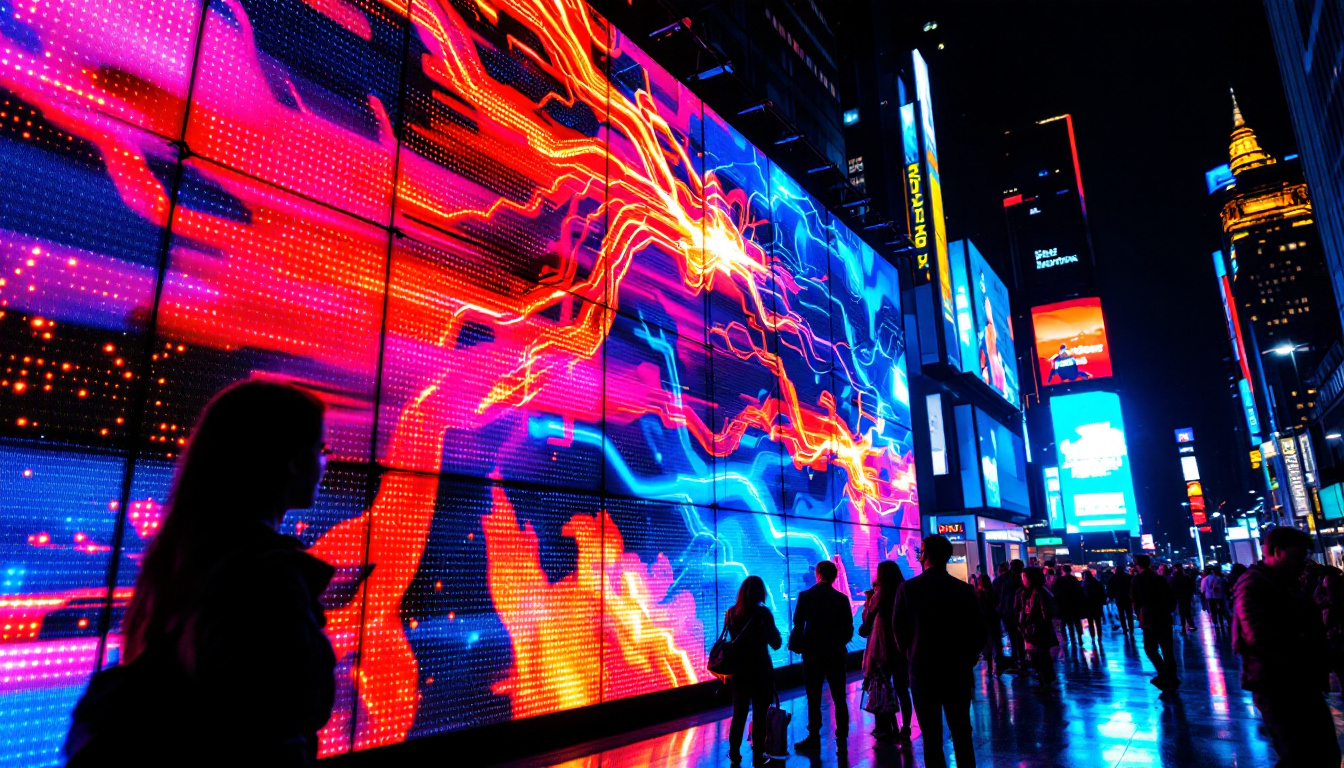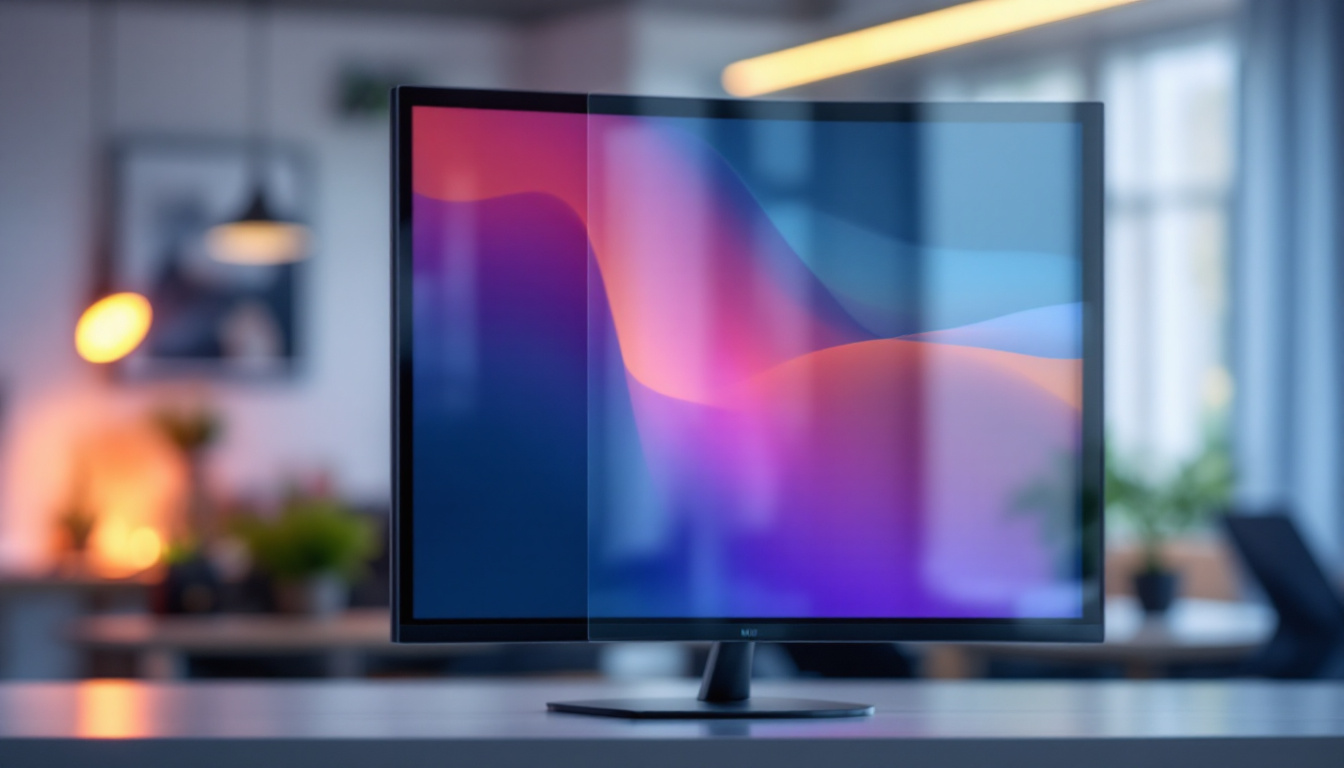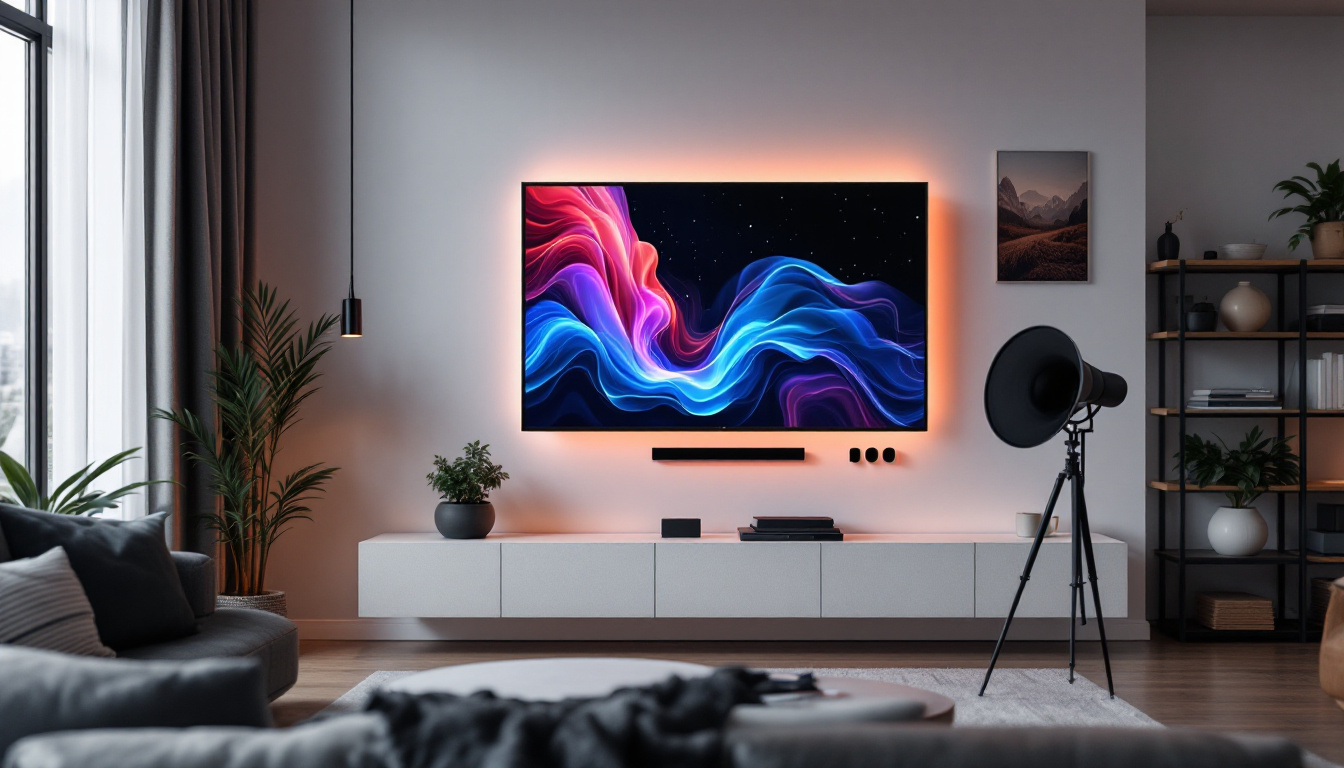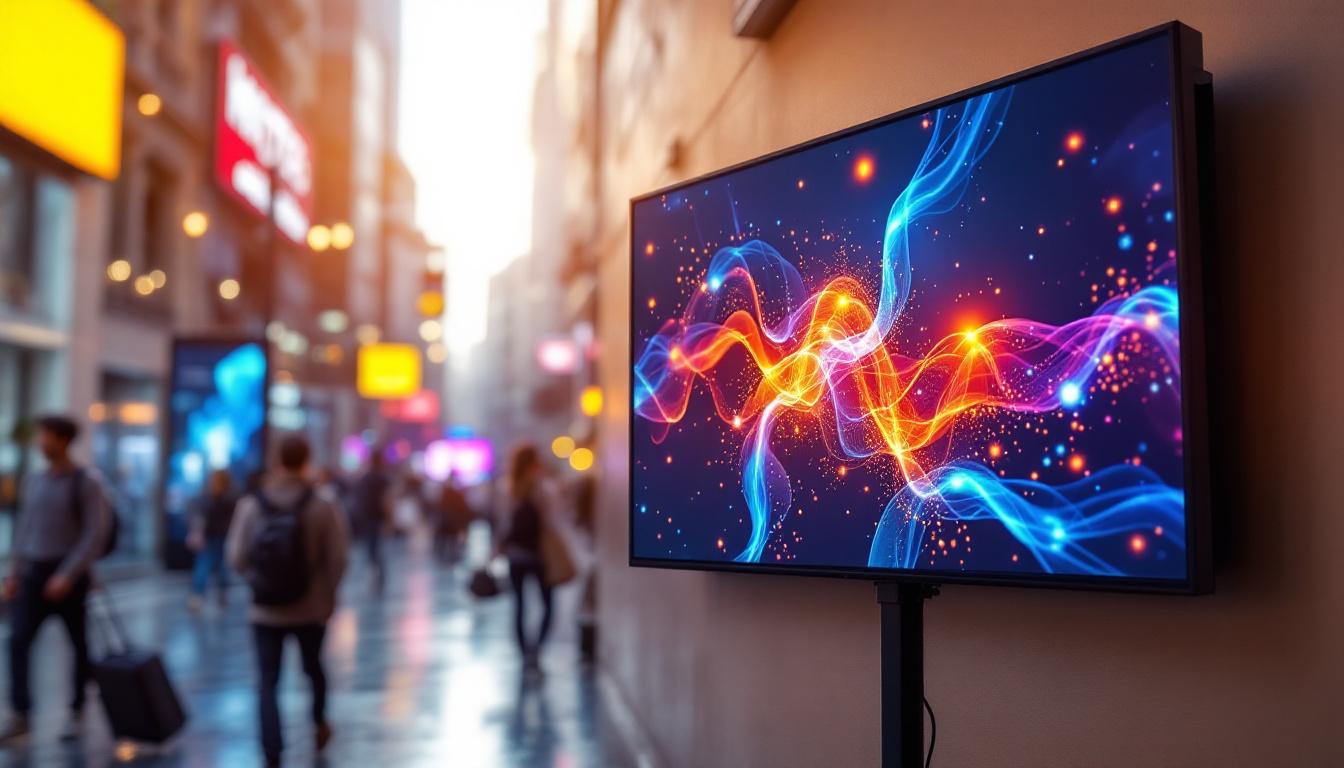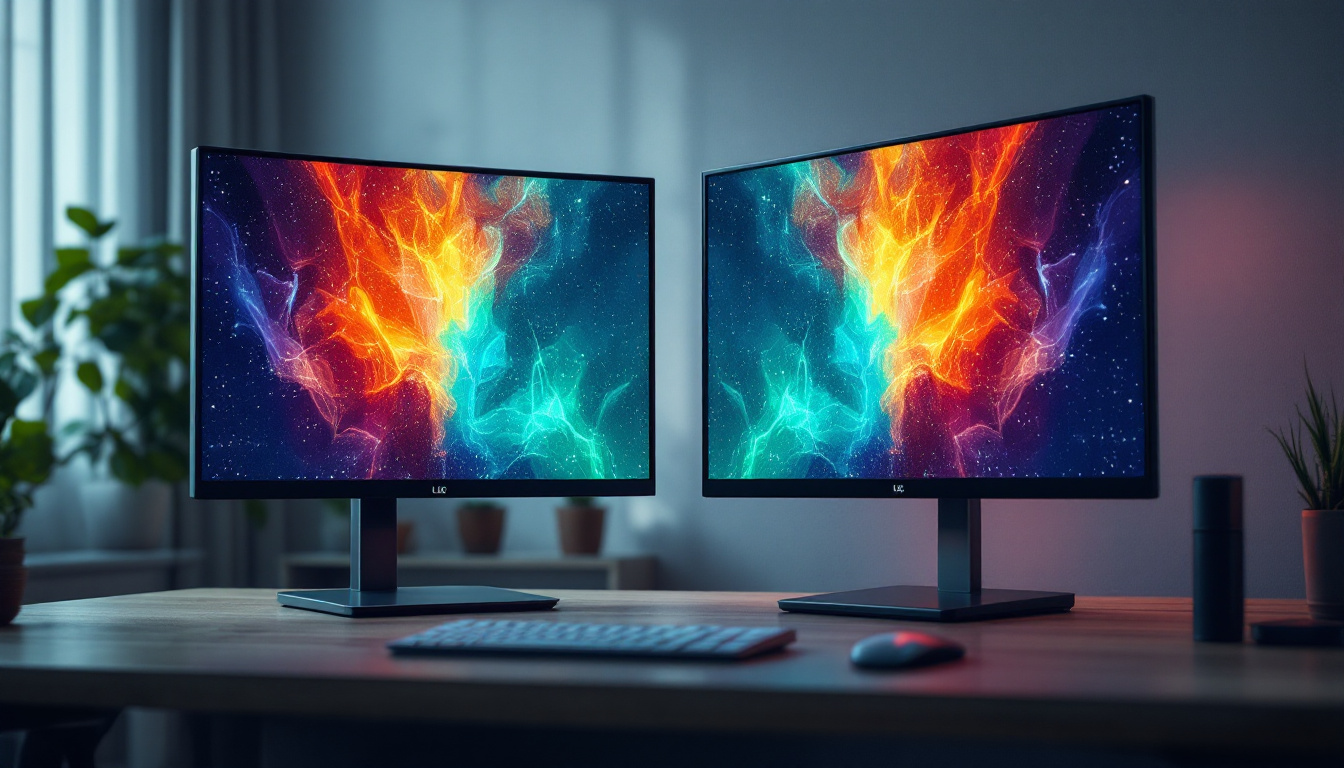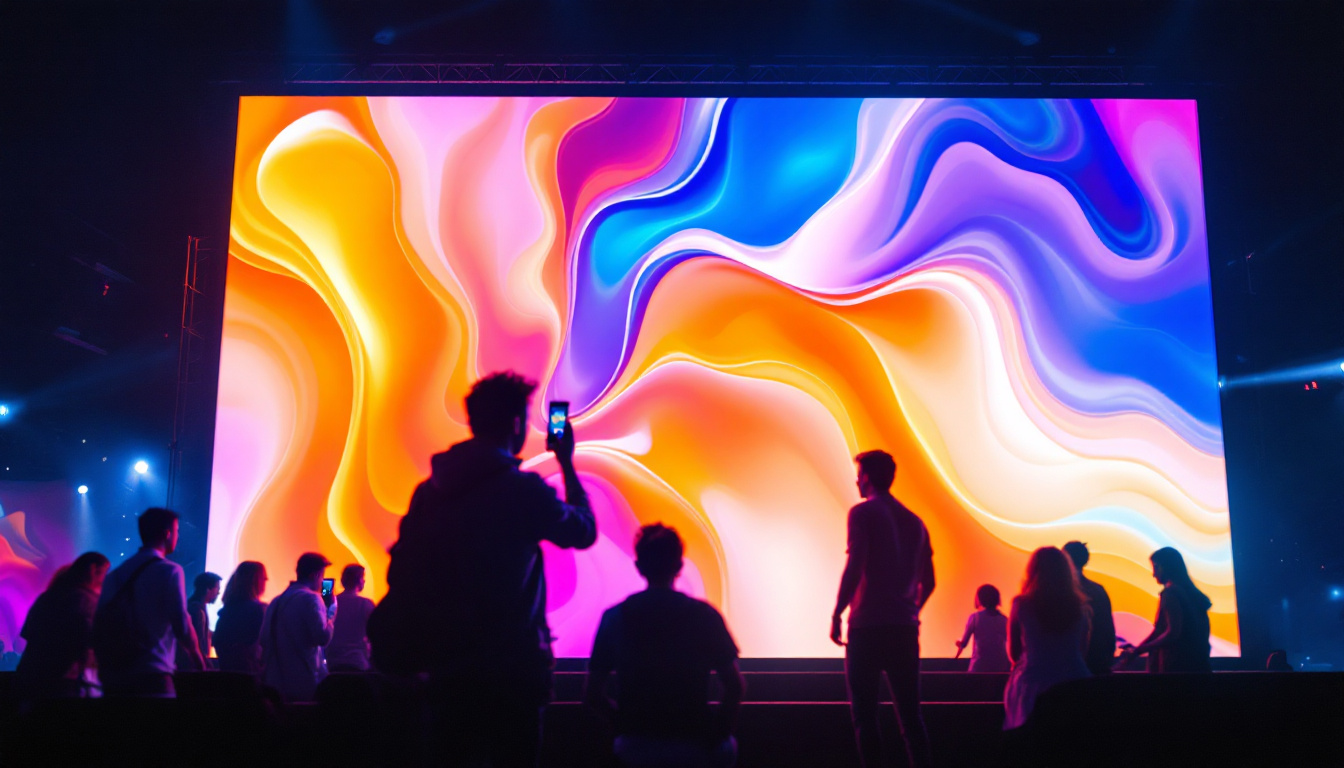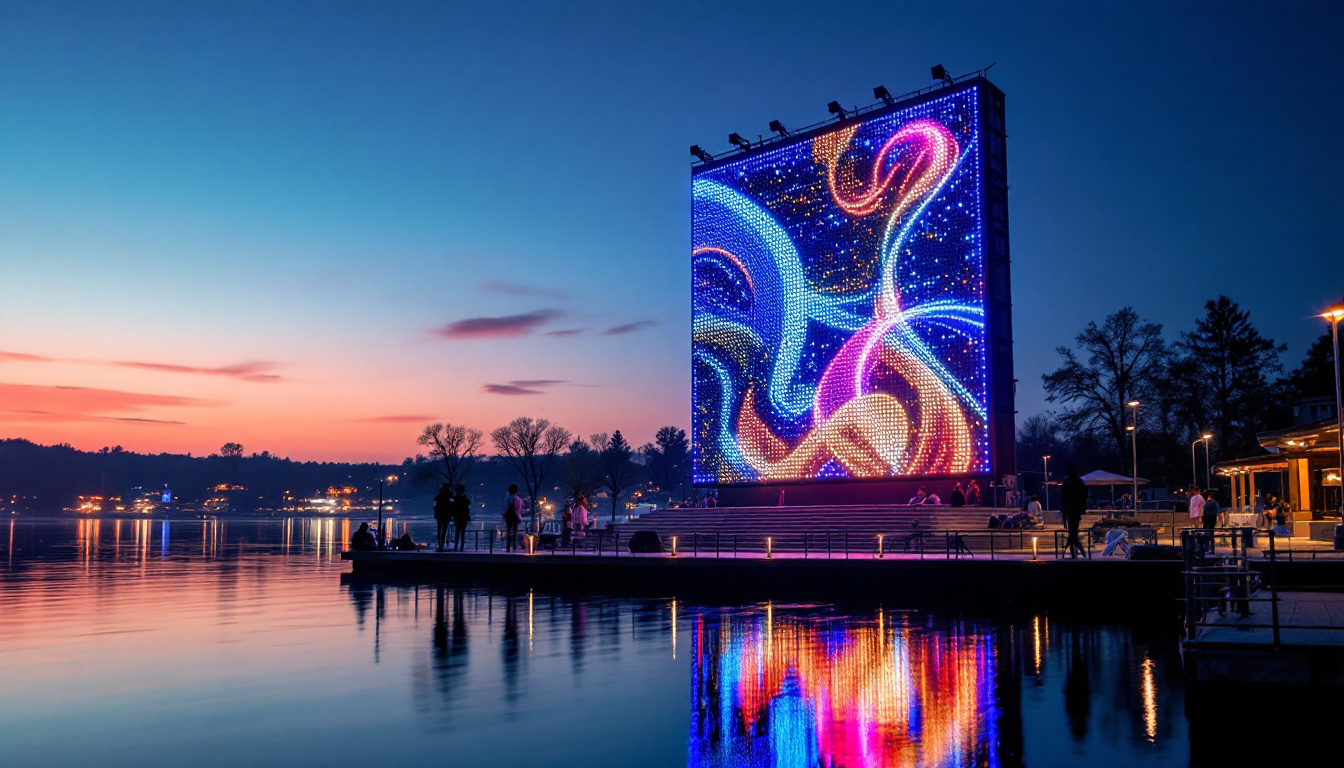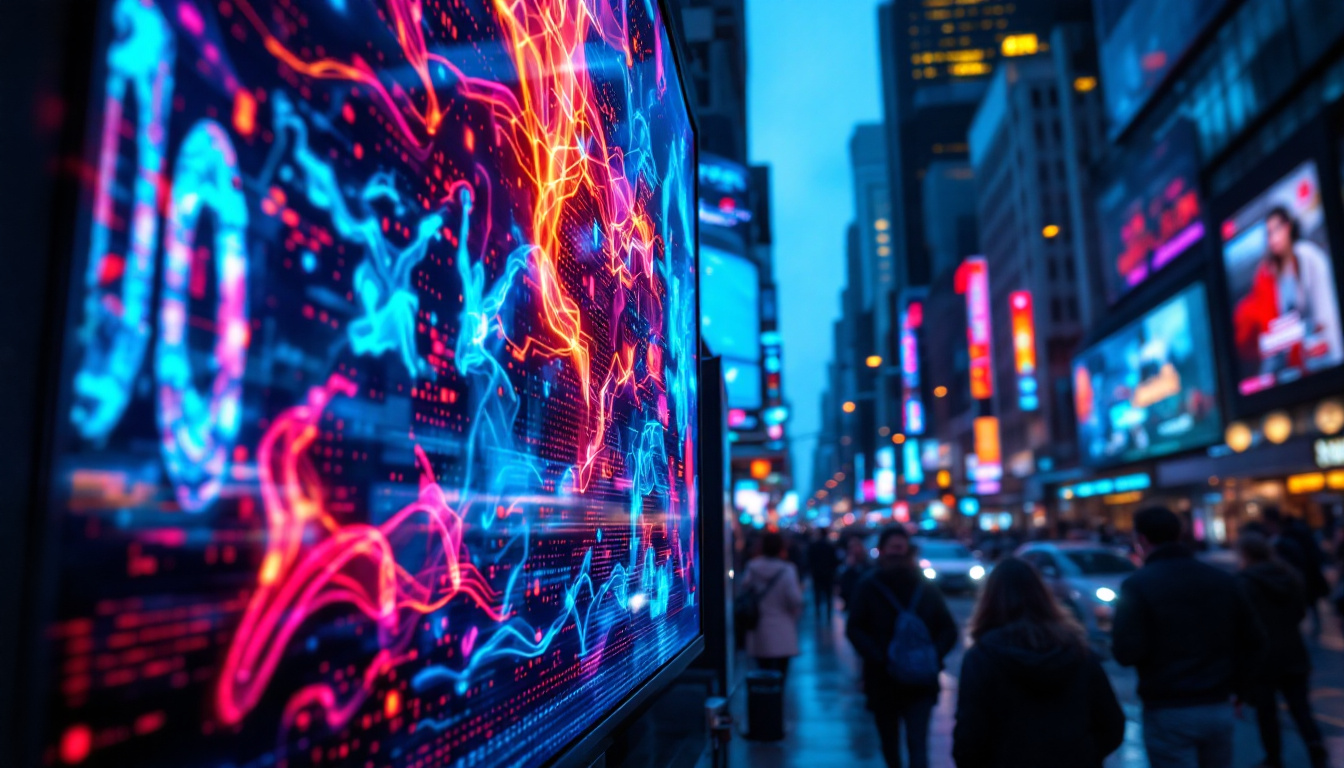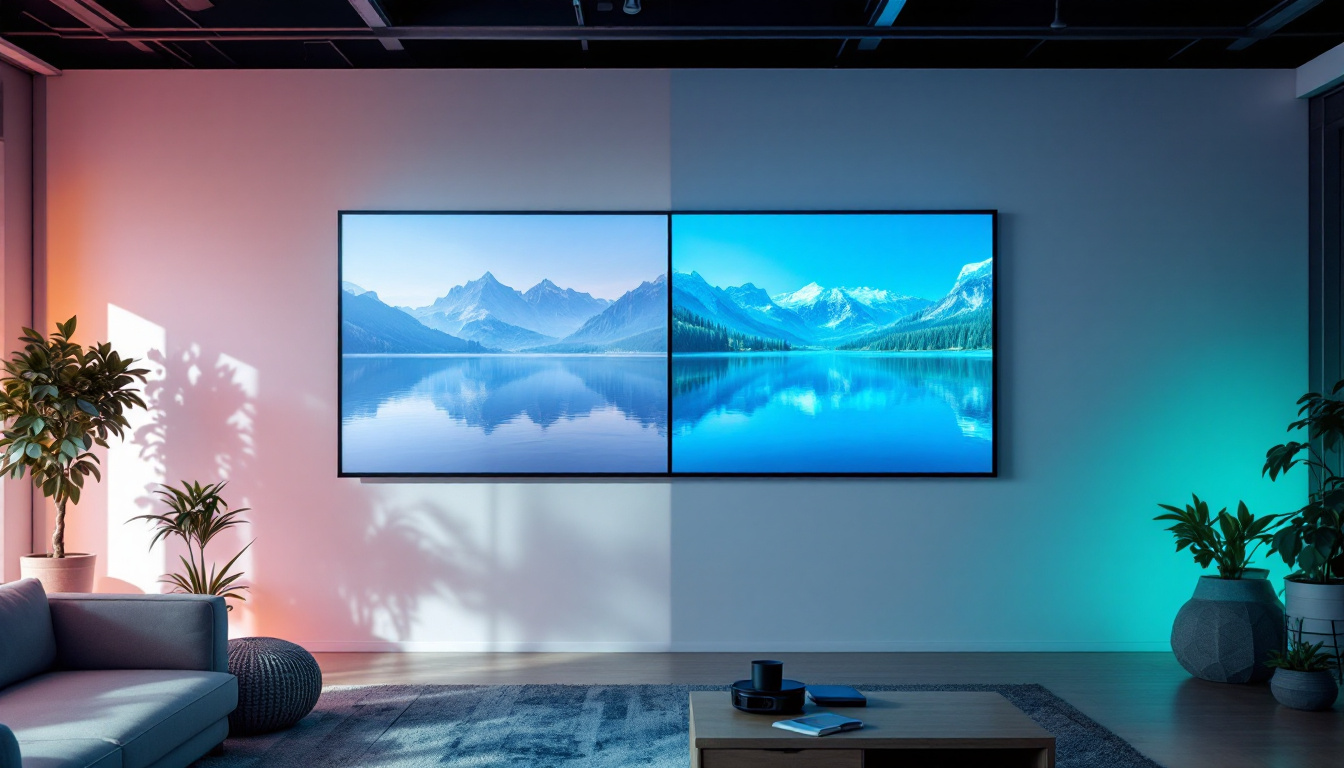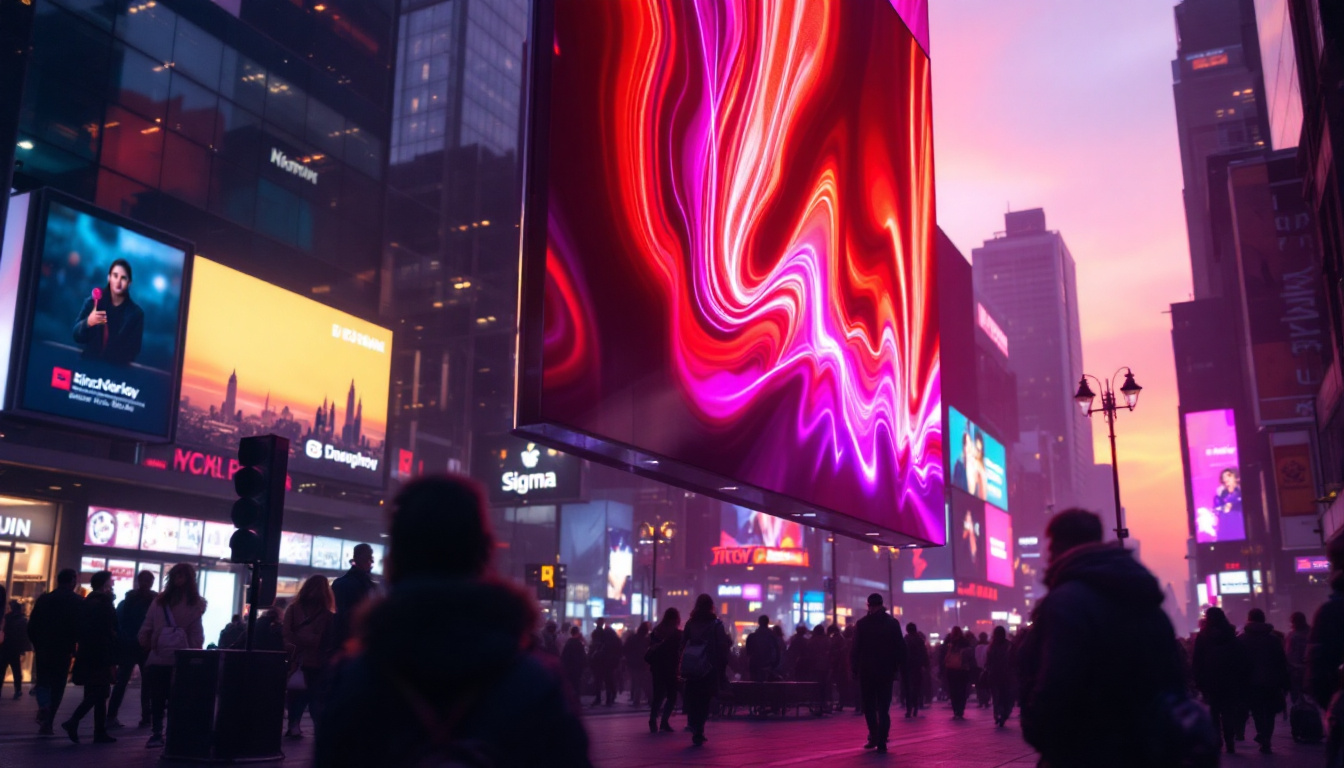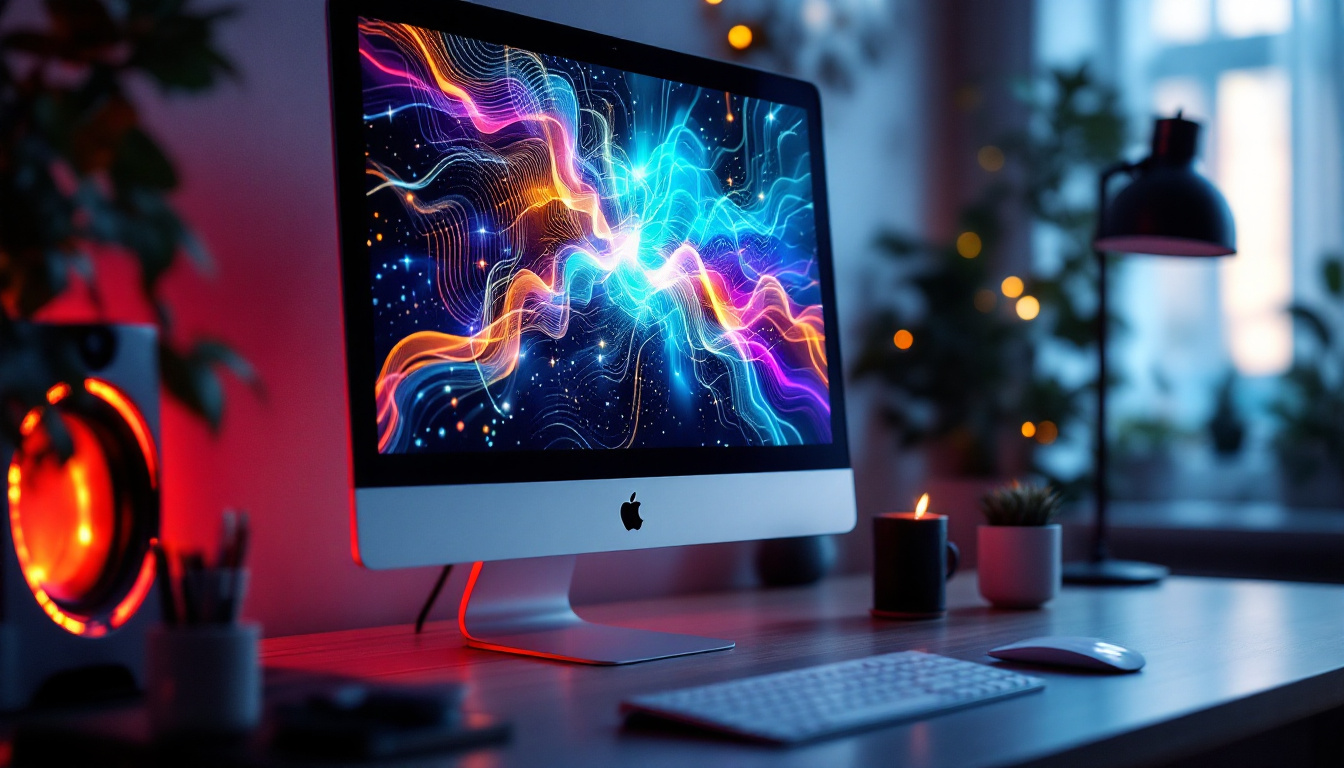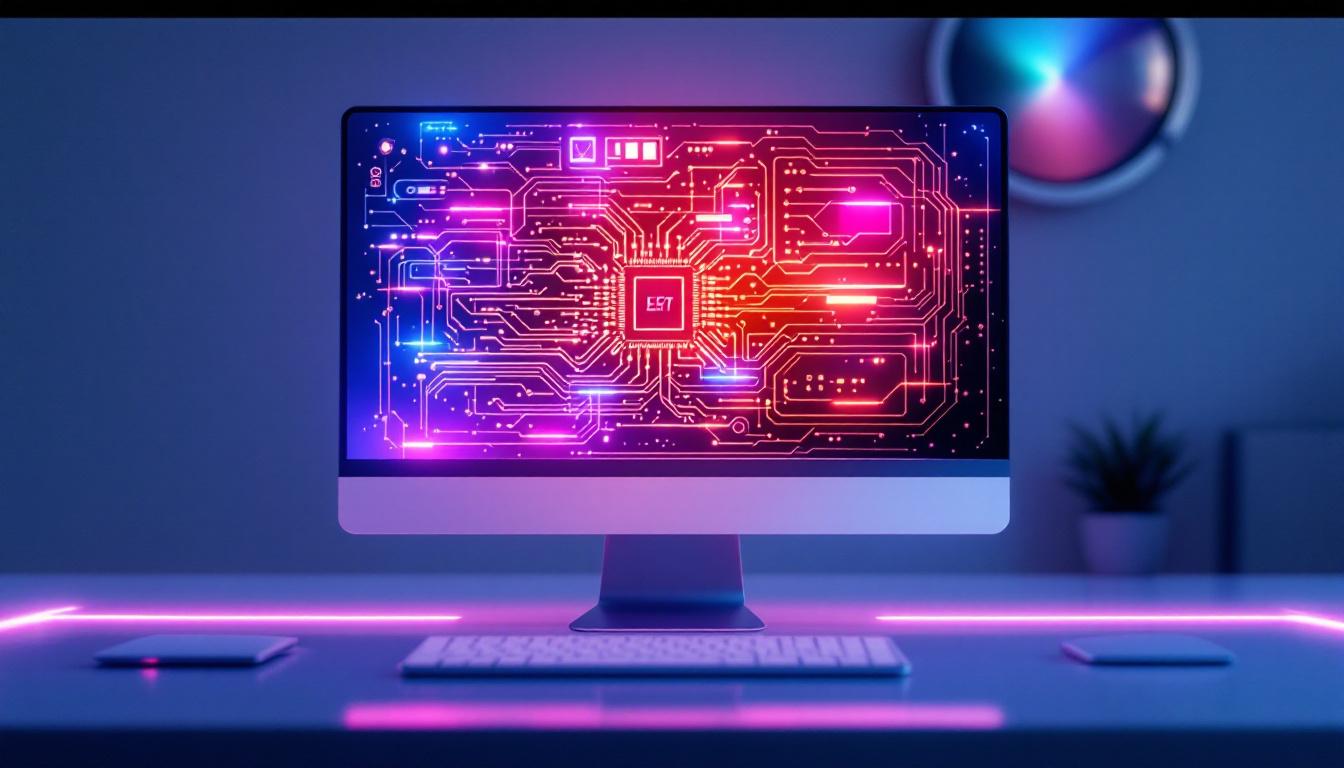The Mandalorian, a groundbreaking series from the Star Wars universe, has revolutionized the way films and television shows are produced. One of the most notable innovations introduced in this series is the use of LED display technology, which has transformed traditional filming methods. This article delves into the intricacies of LED displays, how they were utilized in The Mandalorian, and their impact on the future of filmmaking.
Understanding LED Display Technology
LED display technology has been around for several years, primarily used in advertising and large-scale visual presentations. However, its application in filmmaking is relatively new and has opened up a world of possibilities for creators. The technology involves using large LED panels that can produce high-quality images and videos, which can be seamlessly integrated into live-action shots.
Unlike traditional green screens, which require extensive post-production work to add backgrounds, LED displays allow filmmakers to capture both the foreground and background in real-time. This not only enhances the visual quality but also provides actors with a more immersive environment to perform in. The ability to see the environment they are interacting with can lead to more authentic performances, as actors can react naturally to their surroundings rather than imagining them during filming.
How LED Displays Work
At the core of LED display technology is the concept of modular panels that can be arranged to create vast virtual sets. Each panel is made up of thousands of tiny LED lights that can emit a wide range of colors. These panels can be programmed to display realistic images that mimic various environments, from alien landscapes to bustling city streets. The flexibility of these panels allows for quick changes between scenes, enabling filmmakers to experiment with different settings without the need for extensive set construction.
The panels are often used in conjunction with advanced camera tracking systems. These systems allow the camera to know its position in relation to the LED display, enabling the background to shift perspective in real-time as the camera moves. This creates a more authentic visual experience, as the lighting and shadows on the actors match the virtual environment. Moreover, the integration of augmented reality (AR) technology can further enhance the experience, allowing for interactive elements that can respond to the actors’ movements and actions, thus enriching the storytelling process.
Advantages of Using LED Displays
The use of LED displays in filming offers several advantages over traditional methods. One of the most significant benefits is the reduction of post-production time. With backgrounds captured in-camera, visual effects teams can focus on enhancing the footage rather than creating entire environments from scratch. This efficiency can lead to significant cost savings for productions, allowing filmmakers to allocate resources to other creative aspects of their projects.
Additionally, LED displays provide a more dynamic lighting environment. The light emitted from the screens can create realistic reflections and shadows on the actors and props, enhancing the overall visual coherence of the scene. This results in a more polished final product that resonates with audiences. Furthermore, the use of LED technology can contribute to sustainability in filmmaking; by minimizing the need for extensive set builds and reducing the energy consumption associated with traditional lighting setups, productions can lower their carbon footprint while still achieving stunning visual results. As the industry continues to evolve, the potential for LED displays in creating immersive cinematic experiences is boundless, paving the way for innovative storytelling techniques that captivate viewers in new and exciting ways.
The Mandalorian’s Innovative Approach
The Mandalorian has been at the forefront of utilizing LED display technology, employing it to create stunning visuals that transport viewers to distant galaxies. The series utilized a proprietary stage known as “The Volume,” which consists of a massive circular array of LED screens that can display high-resolution backgrounds.
This innovative setup allows directors to shoot scenes in a controlled environment while still achieving the vastness of outdoor locations. The Volume is not only a technological marvel but also a creative playground for filmmakers, providing them with the flexibility to experiment with various settings and moods. By integrating real-time visual effects with practical sets, the series has redefined the boundaries of what is possible in modern filmmaking, paving the way for future productions to adopt similar techniques.
The Volume: A Game Changer
The Volume is a significant leap forward in filmmaking technology. It allows for real-time adjustments to the background, enabling directors to change the scene’s atmosphere on the fly. For instance, if a scene requires a sudden change in weather, such as transitioning from a sunny day to a stormy night, this can be accomplished instantly without needing to reshoot or rely on post-production effects. This capability not only streamlines the production process but also enhances the visual storytelling, allowing for a more dynamic and engaging viewing experience.
This adaptability has proven invaluable during the production of The Mandalorian, where the storyline often shifts between dramatically different environments. The ability to create these settings in real-time has not only saved time but has also enhanced the creative process, allowing directors and cinematographers to focus more on storytelling than technical challenges. Moreover, the use of The Volume has inspired a new generation of filmmakers to think outside the box, encouraging them to explore innovative ways to blend technology with traditional filmmaking techniques.
Impact on Actors and Performance
One of the most profound impacts of using LED displays is on the actors’ performances. Traditional green screens can create a disconnect between actors and their surroundings, often leading to less authentic performances. In contrast, LED displays provide a tangible environment for actors to interact with, allowing them to immerse themselves fully in their roles. This immersive experience not only enhances the emotional depth of their performances but also fosters a sense of spontaneity, as actors can react to their surroundings in real-time.
Actors can see and react to their surroundings, which enhances their ability to deliver genuine performances. This immersive experience has been noted by many cast members of The Mandalorian, who have praised the technology for helping them connect with their characters and the story. Additionally, the collaborative atmosphere fostered by this technology allows for more dynamic interactions between cast members, as they can engage with the environment and each other in ways that were previously unattainable. The result is a more cohesive and believable narrative that resonates with audiences, making The Mandalorian not just a visual spectacle, but a deeply engaging storytelling experience.
Challenges and Limitations
While the benefits of LED display technology are numerous, it is not without its challenges. One significant limitation is the initial cost of setting up such advanced technology. The Volume is a substantial investment, and not all productions may have the budget to utilize it effectively. This financial barrier can often deter smaller studios or independent filmmakers from exploring the potential of LED displays, leading them to rely on traditional green screens, which, although cost-effective, may not provide the same level of immersion and realism.
Additionally, there are technical challenges associated with lighting and camera angles. Achieving the perfect balance between the LED display and natural lighting can be tricky, requiring skilled cinematographers and lighting technicians to ensure that the final product looks seamless. The interplay of light on the actors and the LED screens must be meticulously managed to avoid discrepancies that could disrupt the viewer’s experience. This complexity adds another layer of difficulty, as teams must be well-coordinated and adaptable to the dynamic nature of shooting on LED stages.
Technical Considerations
Filmmakers must also consider the resolution and quality of the LED displays. While modern panels can produce stunning visuals, they must be carefully calibrated to ensure that they match the quality of the live-action footage. This requires a deep understanding of both the technology and the artistic vision behind the project. The calibration process can be time-consuming, often necessitating multiple tests and adjustments to achieve the desired outcome. Additionally, the choice of content displayed on the LED screens must be thoughtfully curated to enhance the narrative without overwhelming the story itself.
Furthermore, the size of the LED panels can pose challenges in terms of space and logistics. The Volume requires a significant amount of physical space, which may not be feasible for all productions. Filmmakers must weigh the benefits against the practicalities of their shooting locations and budgets. In some cases, the sheer scale of the LED setup can limit the creative options available to directors, as they may need to compromise on certain scenes or angles that would otherwise be achievable with traditional filming methods. This necessitates innovative thinking and resourcefulness in order to maximize the potential of the technology within the constraints of the production environment.
Future of LED Displays in Filmmaking
As technology continues to evolve, the future of LED displays in filmmaking looks promising. With advancements in resolution, color accuracy, and screen size, it is likely that more productions will adopt this technology. The success of The Mandalorian has already inspired other filmmakers to explore similar setups, paving the way for a new era in visual storytelling. This trend is not just limited to large-scale productions; even mid-tier films are beginning to experiment with LED technology, recognizing its potential to enhance narrative depth and viewer engagement.
Moreover, as the technology becomes more accessible and affordable, it is expected that a wider range of productions, from independent films to major blockbusters, will begin to incorporate LED displays into their workflows. This could lead to a democratization of high-quality visual effects, allowing more creators to bring their visions to life. As educational institutions and training programs begin to include LED technology in their curricula, a new generation of filmmakers will emerge, equipped with the skills and knowledge to utilize these tools effectively. The integration of LED displays could also inspire a shift in storytelling techniques, encouraging filmmakers to think outside the box and explore new narrative possibilities that were previously unattainable with traditional methods.
Conclusion
The Mandalorian has set a new standard in filmmaking through its innovative use of LED display technology. By creating immersive environments that enhance storytelling and actor performances, this series has demonstrated the potential of modern filmmaking techniques. While challenges remain, the advantages of LED displays are undeniable, and their impact on the industry is likely to grow in the coming years.
As filmmakers continue to push the boundaries of creativity and technology, LED displays will undoubtedly play a crucial role in shaping the future of visual storytelling. The Mandalorian is just the beginning, and audiences can look forward to more groundbreaking innovations in the world of cinema.
Explore the Future of LED Display Technology with LumenMatrix
As you’ve seen with The Mandalorian’s groundbreaking use of LED display technology, the possibilities for enhancing cinematic storytelling are truly limitless. LumenMatrix stands at the forefront of this innovation, offering a wide array of LED display solutions that bring narratives to life. From Indoor and Outdoor LED Wall Displays to specialized options like Vehicle, Sports, and Floor LED Displays, LumenMatrix tailors to the needs of filmmakers and businesses alike. Embrace the future of visual engagement and check out LumenMatrix LED Display Solutions to discover how you can transform your visual storytelling and captivate your audience like never before.

